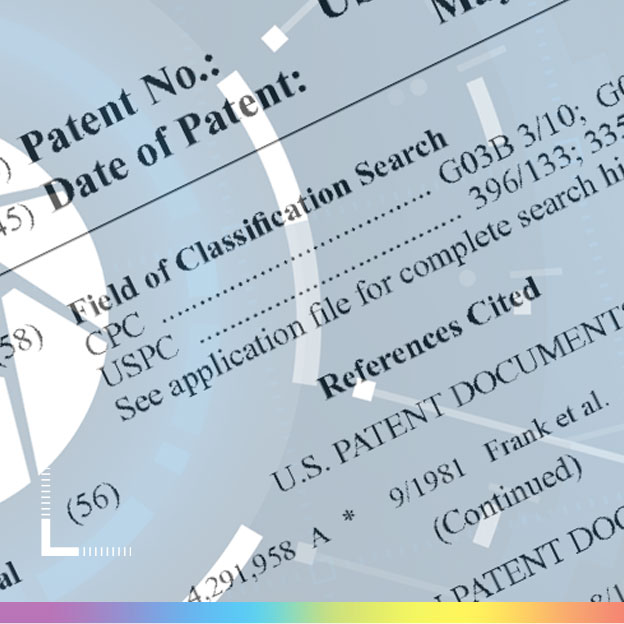
Our patents cover fundamental aspects of the technology both on the camera side (optics, mechanics) and the image processing side. Such fundamentals include innovation in compact Tele lenses, folded optical lenses, mechanical stabilization in folded optics, fusing information from two cameras for stills images, seamlessly and optimally streaming video from two cameras, zoom user interface and more. Corephotonics’ sum total of innovation brings meaningful optical and imaging gains within the size confines of smartphone cameras.
As the pioneer of multi-aperture cameras, Corephotonics was the first to publicly demonstrate fully functional dual cameras, which captivated the smartphone industry in their unprecedented imaging improvement. Since 2014, we have publicly demonstrated three dual camera generations. Generation 1 included dual cameras with wide + 2x tele, dual cameras with color + mono sensor and related software algorithms optimizing extraction of images from such dual cameras. Generation 2 introduced the 3x folded tele camera further enhancing zoom capabilities. These camera and software solutions have become the standard in flagship smartphones and account for significant improvements in photographic quality. Generation 3 included an automotive dual camera with wide + 28⁰ scanning tele camera. Corephotonics’ fourth-generation cameras are imminent and guaranteed to bring significant additional leaps in smartphones’ photographic performance and user experience.

Tel: +972 3 641-9888
Fax: +972 3 641-1818
Image quality
Camera hardware
Computer Vision